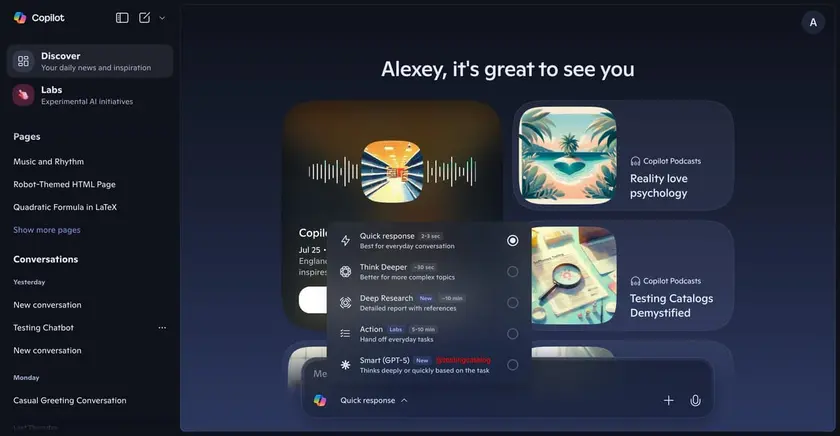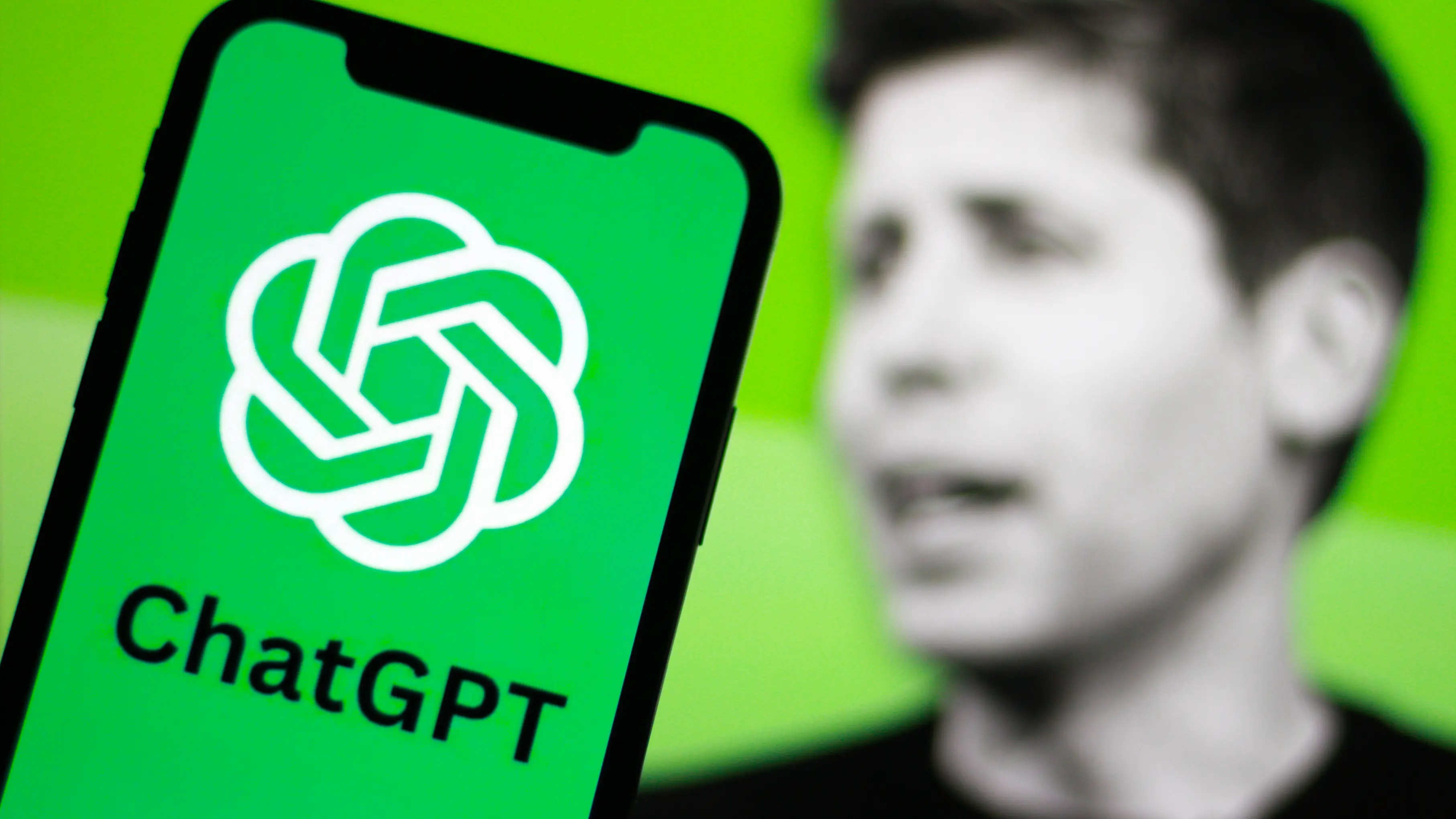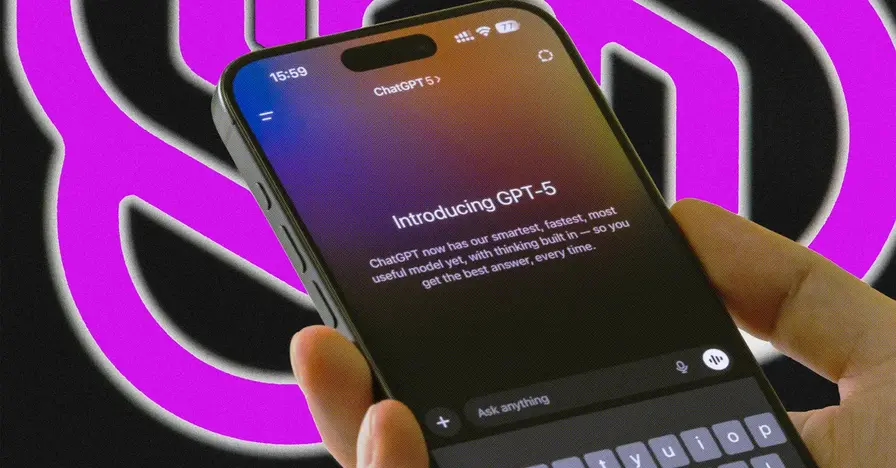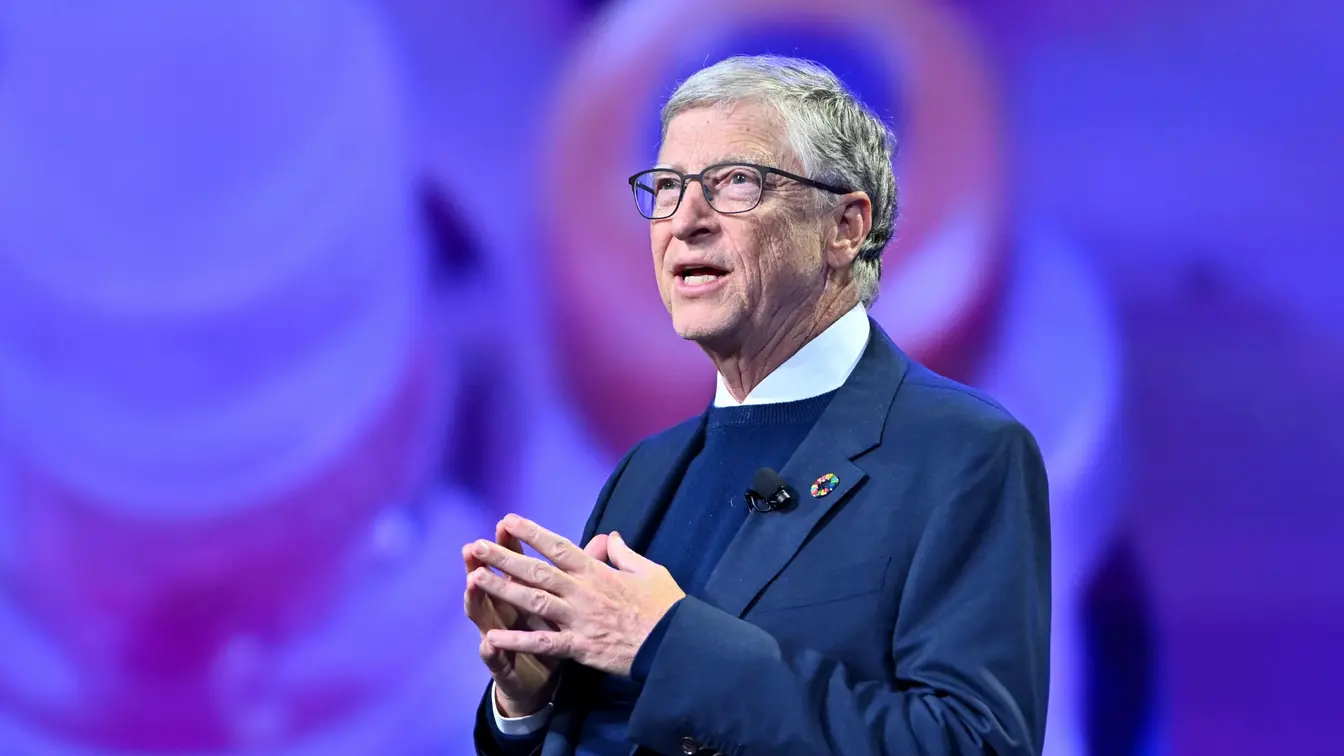T4K3.news
GPT-5 update
OpenAI doubles GPT-5 rate limits for Plus users and keeps legacy models available as rollout continues.

An editorial look at Gates doubts about AI progress and the GPT-5 rollout amid mixed reactions and ongoing debate about breakthroughs.
GPT-5 Disappointment Tests OpenAI Hype After Gates Remarks
Two years after Bill Gates suggested GPT technology had reached a plateau, OpenAI released GPT-5 with new capabilities across coding, writing, and medicine. The launch was accompanied by talk of a device running something smarter than the smartest person you know, a claim that has drawn wide attention. Still, users have voiced frustration with bugs, slow responses, and the rapid deprecation of earlier models. OpenAI responded by doubling GPT-5 rate limits for ChatGPT Plus users, keeping GPT-4o available to Plus users, and increasing transparency about which model answers queries. The autoswitcher issue cited by OpenAI contributed to a rough start but the company says it has been addressed.
Industry observers note that high compute costs and data quality remain big hurdles for next generation AI, and some reports last year suggested major labs were constrained by the same factors. OpenAI has doubled down on optimism, saying progress continues, while rivals and skeptics warn that progress has not matched hype.
Key Takeaways
"There is no wall"
Altman on the pace of AI progress
"GPT technology had reached a plateau"
Gates to Handelsblatt about AI limits
"Well it is pretty expensive to train a large language model"
Gates on training costs
Gates’ plateau comment is not a dismissal of progress, but a reminder that big leaps may be harder to come by than early hype suggested. The market often rewards dramatic breakthroughs, yet AI work may settle into slower, steadier gains that require patience and careful measurement. The risk is that expectations outpace capability, fueling backlash when launches disappoint.
The episode also highlights the tension between ambition and practicality in AI funding. Compute costs and data quality dominate the expense of scaling models, shaping who can compete and how quickly. If the pace slows, trusted benchmarks and transparent reporting will be essential to maintain investor confidence and public trust.
Highlights
- There is no wall
- GPT technology had reached a plateau
- Well it is pretty expensive to train a large language model
- A device will run something smarter than the smartest person you know
Public reaction and funding concerns around GPT-5 rollout
The rollout has sparked public backlash and questions about the cost and funding for AI development. The combination of user complaints and high compute costs raises concerns about how quickly AI capabilities will translate into real world benefits.
Progress in AI may come in slower, verifiable steps rather than dramatic leaps.
Enjoyed this? Let your friends know!
Related News

GPT-5 lands in Apple Intelligence

Microsoft unveils Copilot's Smart mode for GPT-5

GPT-5 update prompts warmer AI personalities

OpenAI launches GPT-5 with innovative features

OpenAI backs off retirement of 4o after backlash

GPT-5 rollout stalls as legacy models return

GPT-5 Backlash Prompts Updates

GPT-4o returns to OpenAI Plus
